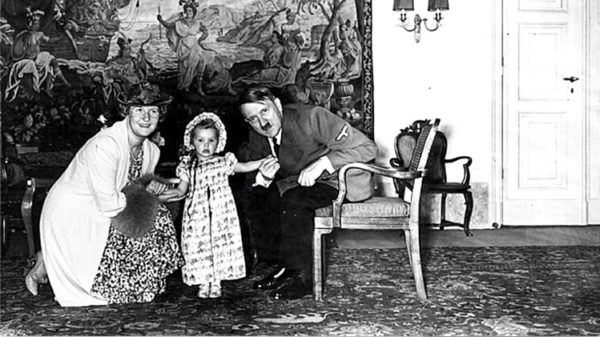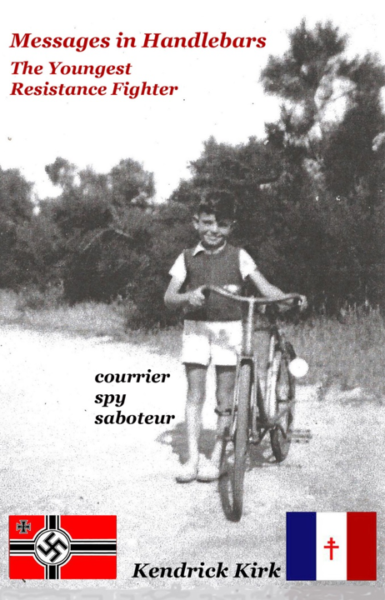We all have our personal demons. It’s the magnitude of the demons which ultimately determine the hold they have on someone. Most of us can adequately deal with them but for others, some demons are just too great, and their lives are affected each and every day.
Today’s blog introduces you to some of the children of high-ranking Nazis including Hermann Göring, Martin Bormann, Heinrich Himmler, Hans Frank, and Rudolf Hess. Each child or relative dealt with or continues to deal with the infamous legacy of their father in different ways. The spectrum ranges from those who continued to embrace Nazi philosophy, ignore Nazi crimes and the complicity of their father in those crimes to those who essentially disowned and distanced themselves from the father and their family. In-between, there are the children who acknowledge the father’s crimes but cannot bring themselves to completely detach themselves from his evil legacy.
Did You Know?
Did you know that Copenhagen’s Tivoli Gardens was not the first Tivoli Gardens? Jardin de Tivoli or, Tivoli Gardens was located in Paris in the late 18th– and mid 19th-centuries and there were actually, three different parks by the same name. Located in what is now the 9th arrondissement and south of Place de Clichy, the first Jardin de Tivoli opened in 1795 and is considered the ancestor of amusement parks. It was a public garden where high-society type folks would gather for entertainment such as panoramas, marionettes, and magic lantern shows. It was closed in 1810 after Napoléon’s troops trashed the place. A second Tivoli was quickly reopened, and it lasted until 1825 when it was destroyed one night by people celebrating the coronation of King Charles X. The third and last Tivoli opened in 1826. This one was a “real” amusement park with roller coasters, labyrinths, and fireworks. One of the most popular “games” was pigeon shooting. Unfortunately, more than 300,000 pigeons were killed during an eleven-year period. This park was closed in 1842 and never reopened. One year later, the iconic entrance gates to Tivoli Gardens in Copenhagen, Denmark opened, and the park has run continuously since then despite much of it being burned down by the Nazis in 1943.


Edda Göring/Hermann Göring
Second in command behind Hitler for most of the war, Hermann Göring (1893-1946) committed suicide only hours before he was scheduled to hang for war crimes. His only daughter, Edda Göring (1938-2018) was eight years old at the time. Hitler was her godfather and like many daughters of high-ranking Nazi officials, she was referred to as Kleine Prinzessin or, “Little Princess.”


